What do you think of the coffee bean baking curve? What is the trend of the taste of coffee beans with medium and deep roasting?
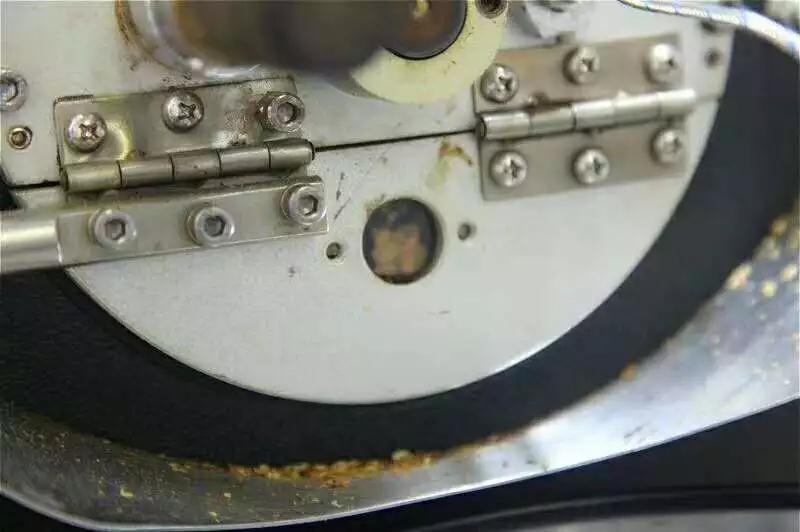
Professional coffee knowledge exchange more coffee bean information please follow the coffee workshop (Wechat official account cafe_style)
What do you think of the coffee bean baking curve? What is the trend of the taste of coffee beans with medium and deep roasting?
Baking is a process of heating beans. Unbaked raw beans smell only a little grassy and slightly fruity, but taste almost meaningless. Baking causes a series of complex chemical changes inside the beans through the heating process, which in turn releases the various flavor expressions that were originally locked in the raw beans.
Every time we bake a bean, we record the baking curve, the temperature of the bean, firepower, temperature, explosion time and so on. Why record it? It is hoped that according to the last numerical reference, we can copy the flavor of the same coffee and maintain the consistency of the taste. The key data are coffee bean temperature curve, air, ambient temperature curve and heating rate curve, which can deepen the understanding of beans by measuring coffee bean color change, air flow and gas pressure.
What are the key points to pay attention to during the baking process?
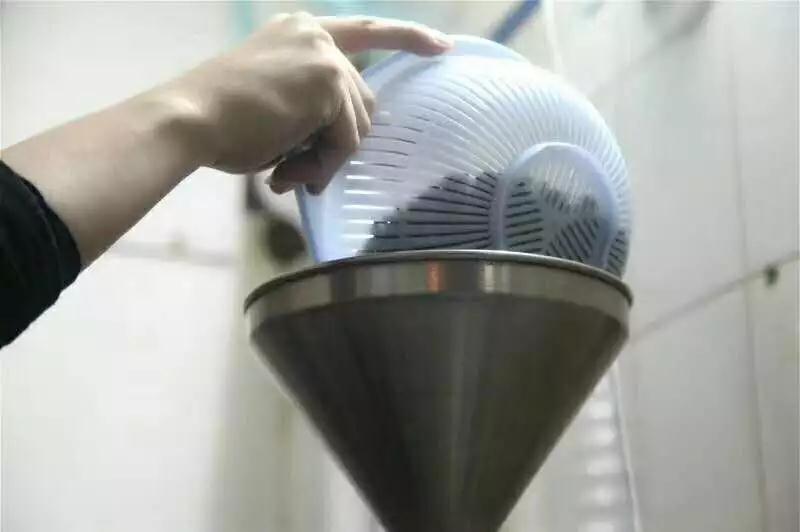
[preheated furnace temperature]
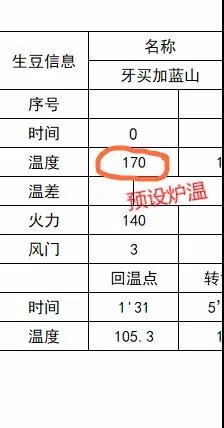
Before entering the beans, the temperature of the boiler will be kept at a stable value. The temperature of the boiler is the temperature detected by the temperature probe in the baking chamber. As far as the drum roaster is concerned, its position is usually in the relative position on the other side of the bean temperature probe and will not come into contact with the beans. Part of the bean baking machine does not have a furnace temperature probe, and takes the temperature of the exhaust probe of the roaster as the furnace temperature.
[firepower]

The firepower directly affects the roasting degree of coffee beans. The flavor of the coffee beans and the time we want to bake. The more firepower, the more flavor, but at the same time. All flavors are not necessarily good flavors. With enough firepower, coffee beans can release more flavor substances. But it also highlights the bad flavor of coffee beans. So throughout the baking process, we should cooperate with the use of the throttle, adjust the flavor of coffee beans to the best state, and ensure the cleanliness of coffee beans at the same time.
[adjust throttle]

To some extent, it is auxiliary firepower to store heat. At the same time, for the various flavors released by firepower, the size of the throttle will affect the effect of hot air in the boiler on the heating of raw coffee beans. Under the premise of sufficient heat, slightly increasing the throttle can enhance the effect of hot air on raw coffee beans. However, if the heat is not sufficient or the throttle is too large, the boiler will lose temperature. Opening the throttle when necessary can more quickly remove the silver skins and particles that make the coffee smell. The size of the throttle will also affect the pressure of the boiler and the development of coffee beans.
[temperature recovery point]
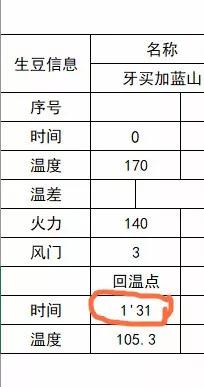
Beans into the boiler, will immediately absorb heat, the boiler temperature will suddenly drop, and then reach a certain point in time, the temperature rises, this equilibrium point is the return point.
[turning yellow point]
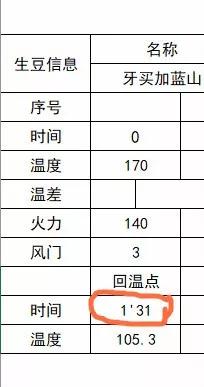
Raw beans enter the endothermic stage, in order to transfer heat to the inside of the beans, use the conductivity of water, if the water content of beans is low, the time to reach the yellowing point will be shorter, on the contrary, if the beans have more water content, the time to reach the yellowing point will be longer. Water evaporation is converted to steam, and the internal vapor pressure and temperature of the beans rise, when the beans begin to expand, destroying chlorophyll and entering the yellowing point.
[Maynard reaction and caramelization]
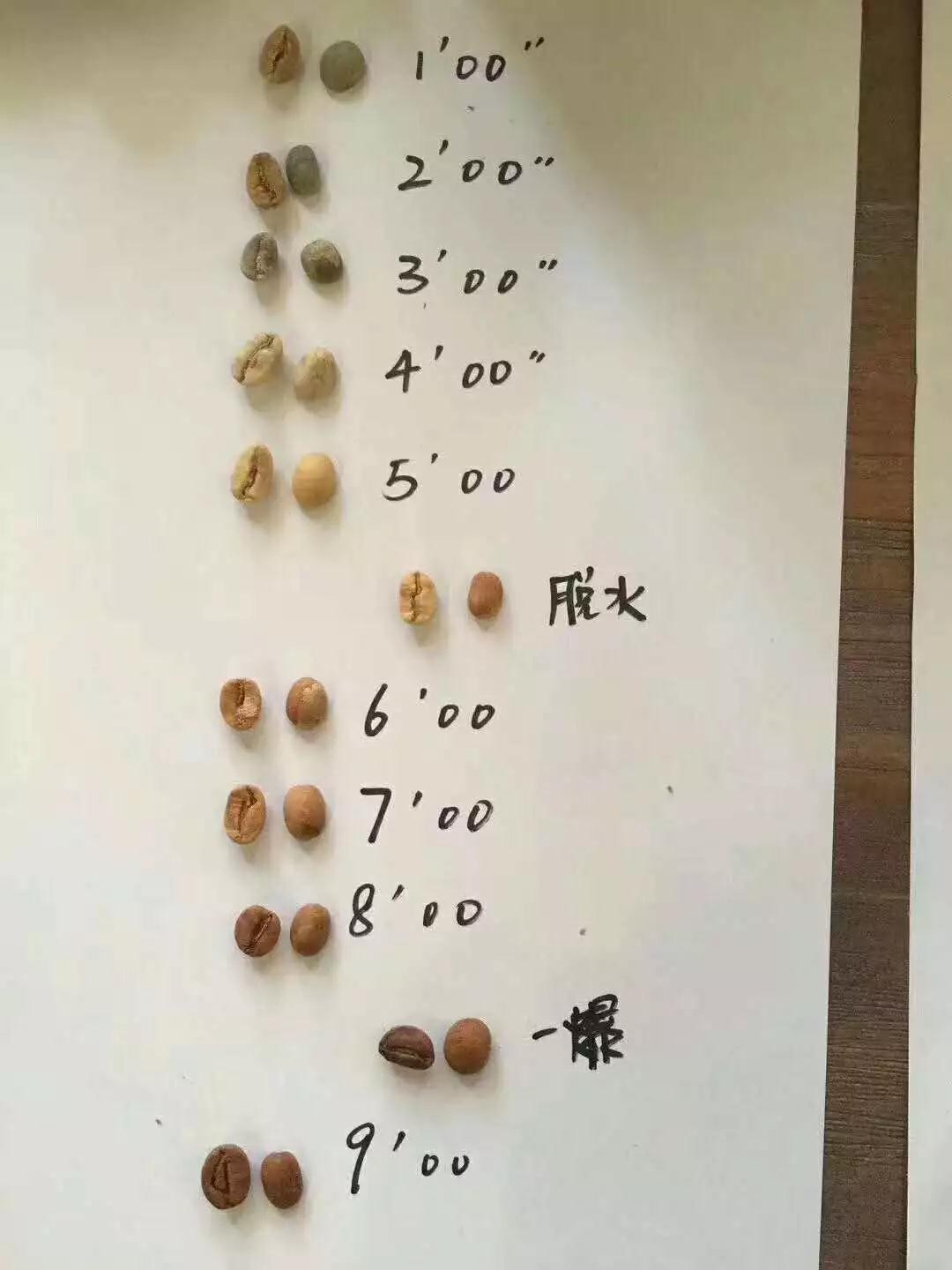
Maillard reaction process
During coffee roasting, the Maillard reaction mainly begins when the bean color changes to yellow and then brown after dehydration, and the reaction does not stop until the beans are completely cooled. The unique aroma of roasted coffee beans, with the burning blue smoke smell of plant fibers, the sweet smell of creamy yellow, the brown smell of toast, and so on. Most of these rich flavors come from the Mena reaction during baking.
Absorb a large amount of heat, start the pyrolysis reaction, there is the first loud sound, some sugars are converted into carbon dioxide, water continues to evaporate, and new aromatic components gradually develop to form the so-called coffee oil. and combine with hundreds of aromatic substances such as nicotine, citric acid, quinic acid, malic acid, acetic acid, caffeine and so on.
Caramelization reaction
The sugar in coffee beans is caramelized at about 170 ℃, which is exactly the melting point of sucrose (185 ℃) and the temperature of the explosion stage when coffee beans are roasted. The product of caramelization is divided into two parts:
1. The dehydration product of sugar is caramel or sauce.
2. The pyrolysis products are mainly some volatile aldehydes and ketones.
Generally speaking, fire-roasted aroma, caramel and color are produced in the caramelization reaction, as well as other aromatic substances such as maltol, Cyclotene, furan and so on. These compounds can also be found in red wine, fruit juices, cream and other foods.
However, if caramel is too much in the baking process is not a good thing, but will cause carbonization, making the coffee dry and choking. If the caramel is not enough, it will make the aroma monotonous and lack of layers.
There are many sugars as well as proteins and amino acids in raw beans. A series of changes caused by sugars and amino groups produce brown-black macromolecular substance melanin or melanin. In addition to producing melanoidin, hundreds of intermediate molecules with different odors, including reducing ketones, aldehydes and heterocyclic compounds, are produced in the reaction process, which provide delicious flavor and attractive color for food.
[burst point]

It refers to the obvious and strong sound of coffee beans in the machine when coffee is roasted, a bit like the sound of making popcorn or burning wood. When the coffee bean absorbs heat and the pressure caused by the evaporation of water in the bean is greater than the strength of the coffee bean itself, the cell wall of the coffee bean will burst because it cannot withstand the pressure of the heart expansion, and the coffee bean will make a burst sound and release heat and sound energy. This is the emergence of "one explosion". Release different flavor compounds (that is, aromas of flowers, fruit, etc.) and browning (that's why coffee beans are brown). At this time, it is also a time when the development of coffee beans has changed greatly, it may only come out one second earlier or one second later, and its flavor can also be very different.
[temperature rise rate]

The temperature difference between the two time points, as shown in the figure, there will be a temperature difference between the second minute and the third minute. Subtract the latter (122.4 °C) from the former (108.8 °C) to get a value (108.8 °C).
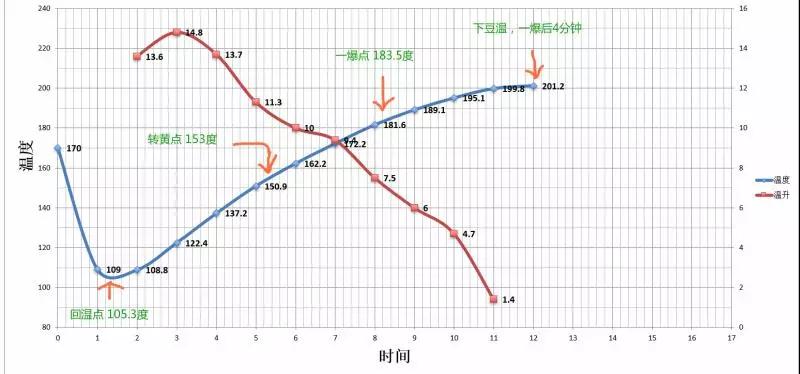
In the process of designing the baking curve, a bean should be baked "thoroughly" from the inside to the outside, and on the basis of baking, a better baking technique should be used to judge at which baking stage a good flavor can be shown. How to create more possibilities for this stage? How to make a tradeoff between controlling flavor and defective flavor? How to ensure the balance of the ups and downs of this coffee bean, and how long will it develop with what kind of firepower after an explosion?
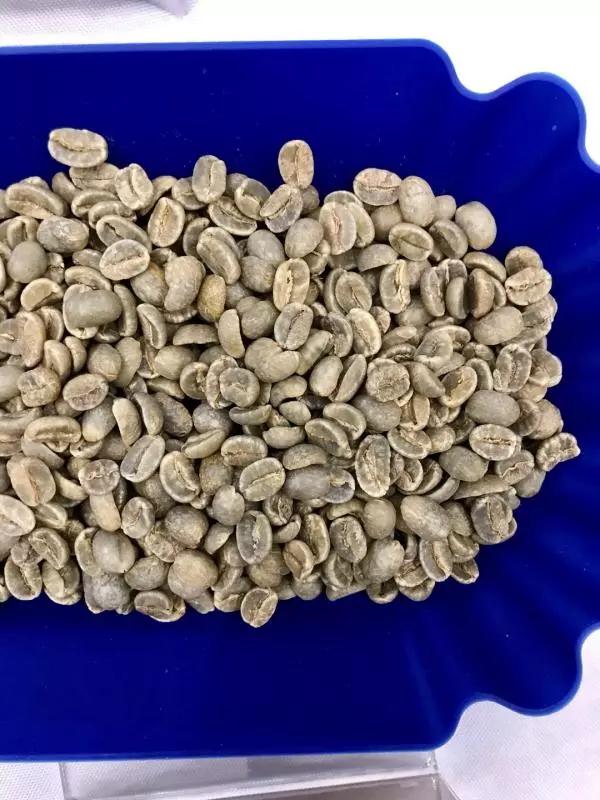
Take baking [Jamaica Blue Mountain] as an example, it is necessary to understand the nature of this bean. [Blue Mountain] is planted on a 1310-meter hillside, with fertile volcanic soil, fresh air, no pollution, humid climate, foggy and rainy all the year round, average precipitation of 1980 mm, temperature of about 27 degrees, washing treatment to let it ferment 12rel for 18 hours, then put the fermented beans into the pool and move them back and forth. The coffee beans are washed to be smooth and clean, enhancing the calm and delicate acidity of the Blue Mountains. Our Blue Mountain is NO.1 beans with more than 17 mesh, the defect rate is less than 3%, the moisture content is about 13%, and the bean density is medium, which is suitable for baking with steady improvement.
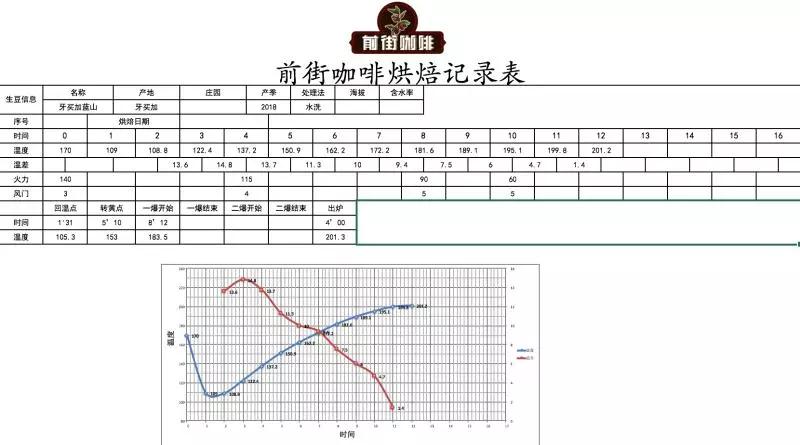
First of all, the furnace temperature is 170 degrees Celsius, the fire power is 140 degrees after the throttle is set for 1 minute, the throttle is unchanged, the temperature is 153 degrees, the bean surface turns yellow, the smell of grass completely disappears, the dehydration is completed, the firepower is adjusted to 115 degrees, and the throttle is changed to 4.
In the 8th & # 39th minute, ugly wrinkles and black markings appear on the bean surface, and the smell of toast obviously changes to the smell of coffee, which can be defined as a prelude to explosion. at this time, listen clearly to the sound of an explosion point, and start to explode at 8 degrees 39 ". Adjust the firepower to 90 degrees, the throttle is fully open (adjust the firepower to be very careful, not to be so small as to be free of bursting sound), and put the pot at 201.3 degrees.
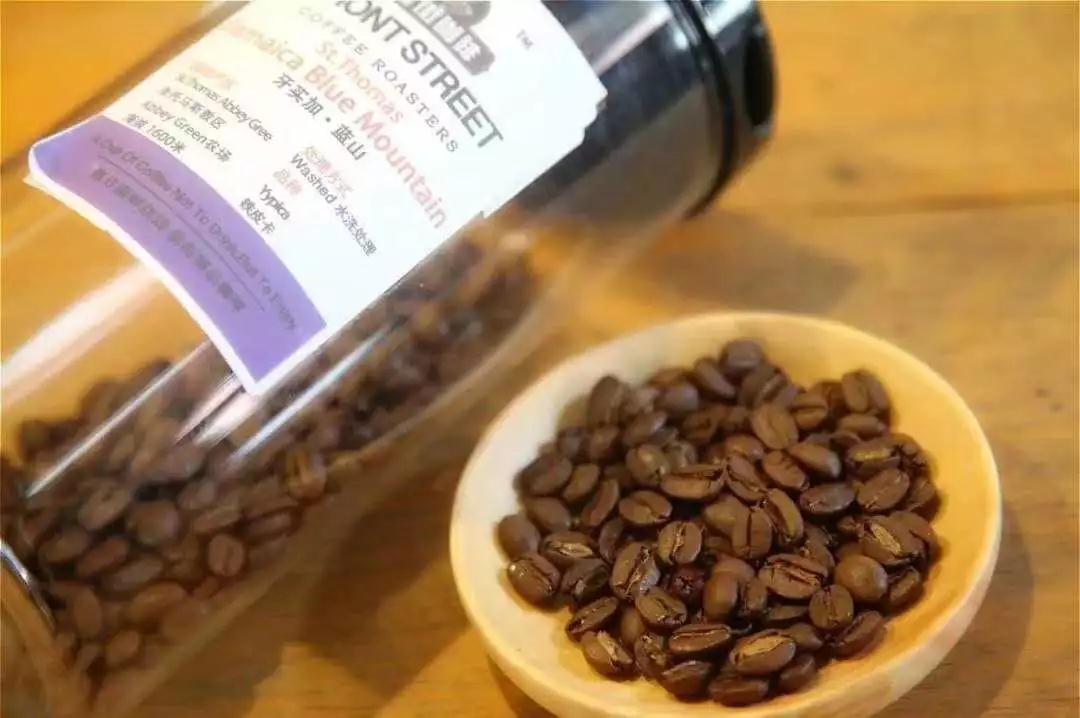
This baking gives a perfect and delicate balance of acidity, mellow thickness and aroma. The acidity is bright and delicate, the texture is as smooth as velvet, and the aroma is slightly penetrating, with hints of flowers, spices and caramel. There is a hint of cocoa after the entrance.
In the taste is very clean, complex, very mild, chocolate sweet, very mellow. The taste is full-bodied and mellow. the sweet, sour and bitter taste of the coffee is perfect, with no bitterness at all, only a moderate and perfect sour taste and a long fruity taste.
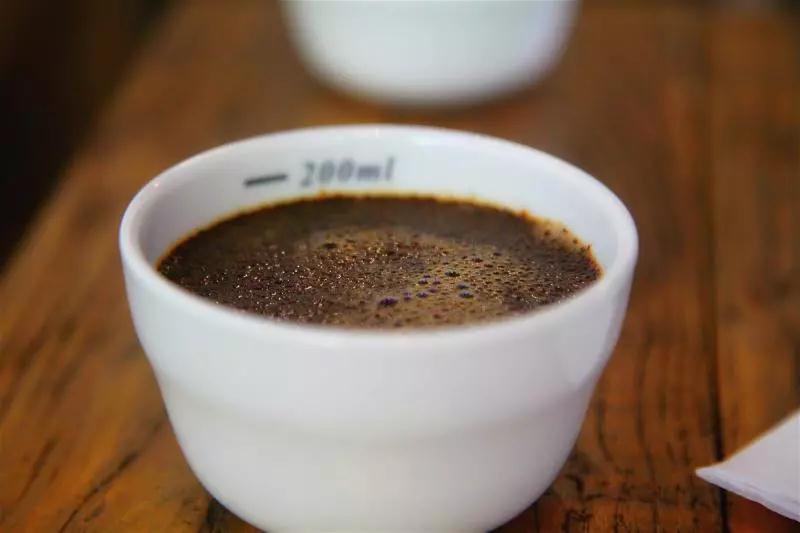
After the baking, the cup test review is inseparable:
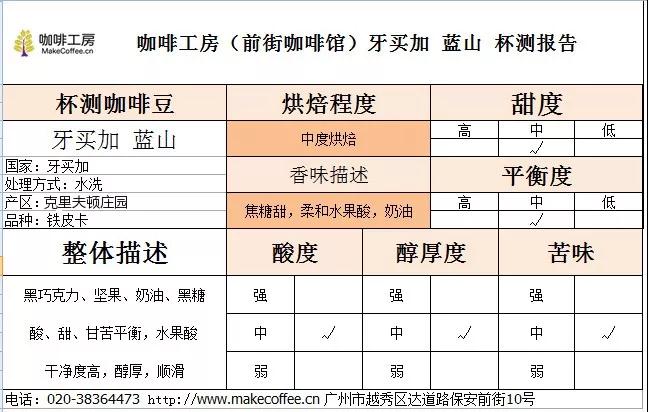
Dry incense: roasted peanuts, hazelnuts, melons, chocolate
Wet fragrance: oolong tea, caramel, honey, chocolate, almond skin, silky taste, bright feeling
Will it become much clearer when looking at the baking curve? If you understand the baking curve, you can actually see the baker's understanding of this bean, and we choose to buy the bean 4 minutes after the explosion, hoping to retain more cream chocolate, rich black sugar flavor, and thick texture. Today's sharing hope will help you understand the curve--
Important Notice :
前街咖啡 FrontStreet Coffee has moved to new addredd:
FrontStreet Coffee Address: 315,Donghua East Road,GuangZhou
Tel:020 38364473
- Prev
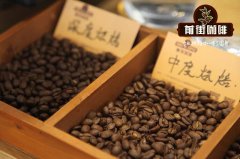
Which brand of Indonesian coffee is good _ the characteristic flavor of Indonesian Java coffee _ is Java coffee expensive
Professional coffee knowledge exchange more coffee bean information please follow coffee workshop (Wechat official account cafe_style) Java Coffee: produced in Java, Indonesia, full of particles, spicy, relatively low acidity, delicate taste, good balance, is a delicate aromatic coffee. Coffee production in Asia is second only to Central and South America. Indonesia has always been the largest coffee producer in Asia.
- Next
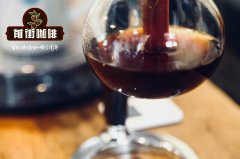
Java Coffee java Flavor characteristics _ how is Java Coffee delicious _ Java Coffee quotation
Professional coffee knowledge exchange more coffee bean information please follow the coffee workshop (Wechat official account cafe_style) Java coffee beans grown in Java, Indonesia, belong to Arabica coffee. After baking, the bitter taste is extremely strong and the fragrance is very light, and its sour, bitter and sweet tastes match well, which is quite popular with female friends. Beautiful and soft natural spices, thick
Related
- Detailed explanation of Jadeite planting Land in Panamanian Jadeite Manor introduction to the grading system of Jadeite competitive bidding, Red bid, Green bid and Rose Summer
- Story of Coffee planting in Brenka region of Costa Rica Stonehenge Manor anaerobic heavy honey treatment of flavor mouth
- What's on the barrel of Blue Mountain Coffee beans?
- Can American coffee also pull flowers? How to use hot American style to pull out a good-looking pattern?
- Can you make a cold extract with coffee beans? What is the right proportion for cold-extracted coffee formula?
- Indonesian PWN Gold Mandrine Coffee Origin Features Flavor How to Chong? Mandolin coffee is American.
- A brief introduction to the flavor characteristics of Brazilian yellow bourbon coffee beans
- What is the effect of different water quality on the flavor of cold-extracted coffee? What kind of water is best for brewing coffee?
- Why do you think of Rose Summer whenever you mention Panamanian coffee?
- Introduction to the characteristics of authentic blue mountain coffee bean producing areas? What is the CIB Coffee Authority in Jamaica?

